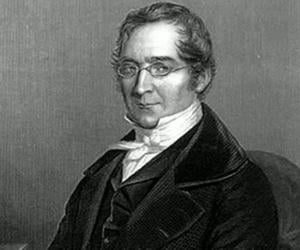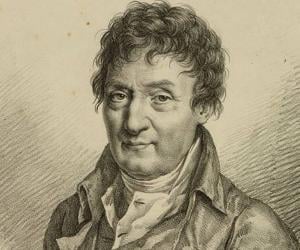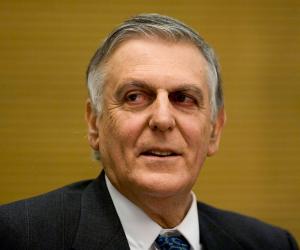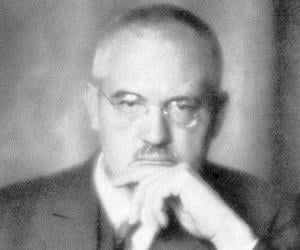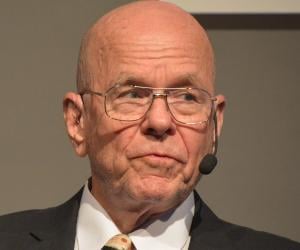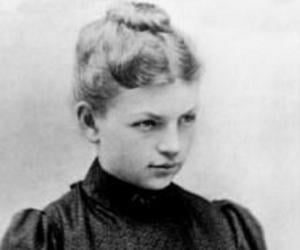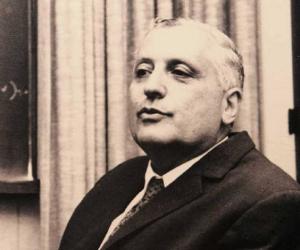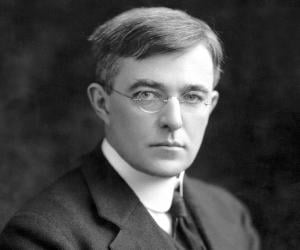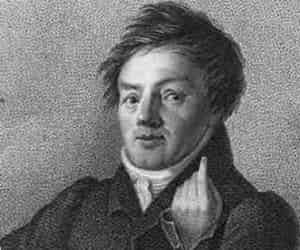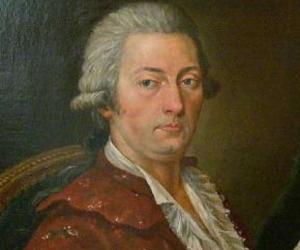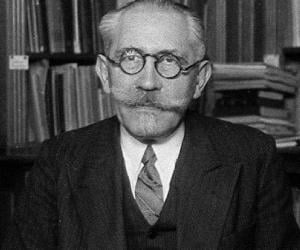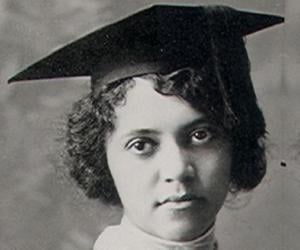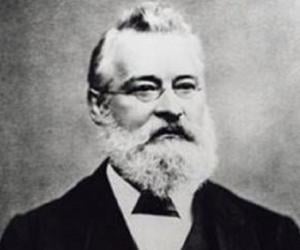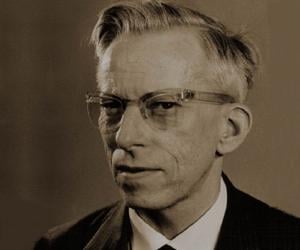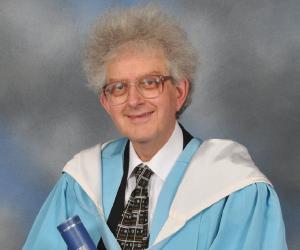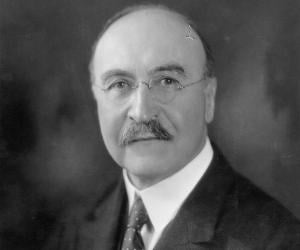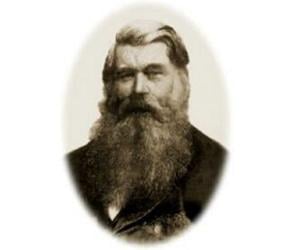Quick Facts
French Celebrities Born In December
Also Known As: Joseph Louis Gay
Died At Age: 71
Chemists Physicists
Died on: May 9, 1850
place of death: Paris, France
More Facts
education: École Polytechnique
Childhood & Early Life
Joseph Louis Gay Lussac was born on 6 December 1778 in Saint-Léonard-de-Noblat as the eldest son of Antoine Gay and Leonarde Bourigner. His father was a lawyer and prosecutor, who worked as a judge in Noblat Bridge. Joseph had four siblings.
His family was a financially sound one and he received a comfortable upbringing. Howeve,r the French Revolution changed the family’s fortunes drastically. His father was arrested as a suspect and imprisoned from 1793 to 1794. The family also lost much of its wealth.
Joseph’s education suffered initially due to the revolution but in 1797 he managed to clear the competitive entrance examination for admission into the newly opened Ecole Polytechnique where students’ expenses were paid by the state. Here he became the protégé of Claude Louis Berthollet and graduated in 1800.
Following his graduation, he entered the civil engineering school, the Ecole Nationale des Ponts et Chaussées. However, he soon dropped out to pursue his interest in chemistry.
Career
In 1801, Joseph Louis Gay Lussac became a research assistant to Claude Louis Berthollet who was much impressed with the young man’s abilities. Berthollet had recently set up a laboratory in his country house at Arcueil, just outside of Paris and he played a key role in the professional advancement of his protégé.
He collaborated with the eminent mathematician Pierre-Simon Laplace to conduct experiments on capillarity in order to study short-range forces. He also carried out research on the thermal expansion of gases in 1801–02. Using dry gases and pure mercury in his experiments, he concluded that all gases expand equally over the temperature range 0–100 °C (32–212 °F).
He was appointed demonstrator to A. F. Fourcroy at the École Polytechnique in 1802, and in 1809 he was made the professor of chemistry. He also worked as a professor of physics at the Sorbonne from 1808 to 1832.
In 1805–06, he embarked on a European tour with the scientific explorer Alexander von Humboldt. On this expedition they discovered that the composition of the atmosphere does not change with decreasing pressure (increasing altitude). He also established that hydrogen and oxygen combine by volume in the ratio 2:1 to form water.
He discovered the law of the combining volumes of gases in 1808. He also investigated reactions between hydrogen chloride and ammonia, which combine in equal volumes to form ammonium chloride.
In 1816, he became the joint editor of the ‘Annales de chimie et de physique’, a position he shared with François Arago. This was an influential position and contributed significantly to his income.
He became a member of the government gunpowder commission in 1818 and was appointed as director of the assay department at the Paris Mint in 1829 where he came up with an accurate method for the assaying of silver. These positions too brought him a lot of wealth. Accepting these positions, however, also earned him considerable criticism from his colleagues who accused him of turning towards the path of financial gains rather than dedicating his life to pure science.
He was also an inventor and is credited with the development of portable barometer, steam injector pump, and air thermometer. He created an improved version of the burette that included a side arm in 1824 and coined the terms “pipette” and “burette”.
Major Works
He is best remembered for formulating the Gay-Lussac’s law which is used to refer to each of the two relationships which concern the properties of gases. The term is also applied to his law of combining volumes. The first law relates to volumes before and after a chemical reaction while the second concerns the pressure and temperature relationship for a sample of gas.
Awards & Achievements
He was elected a foreign member of the Royal Swedish Academy of Sciences in 1821.
Joseph Louis Gay Lussac was made a peer by King Louis Philippe in 1839.
His name is one of the 72 names of French scientists, engineers, and mathematicians engraved in recognition of their contributions on the Eiffel Tower.
Personal Life & Legacy
Joseph Louis Gay Lussac married Geneviève-Marie-Joseph Rojot in 1809. Theirs was a happy marriage that lasted four decades and produced five children.
He suffered from ill health during his last days and died on 9 May 1850, in Paris, France.
See more:


